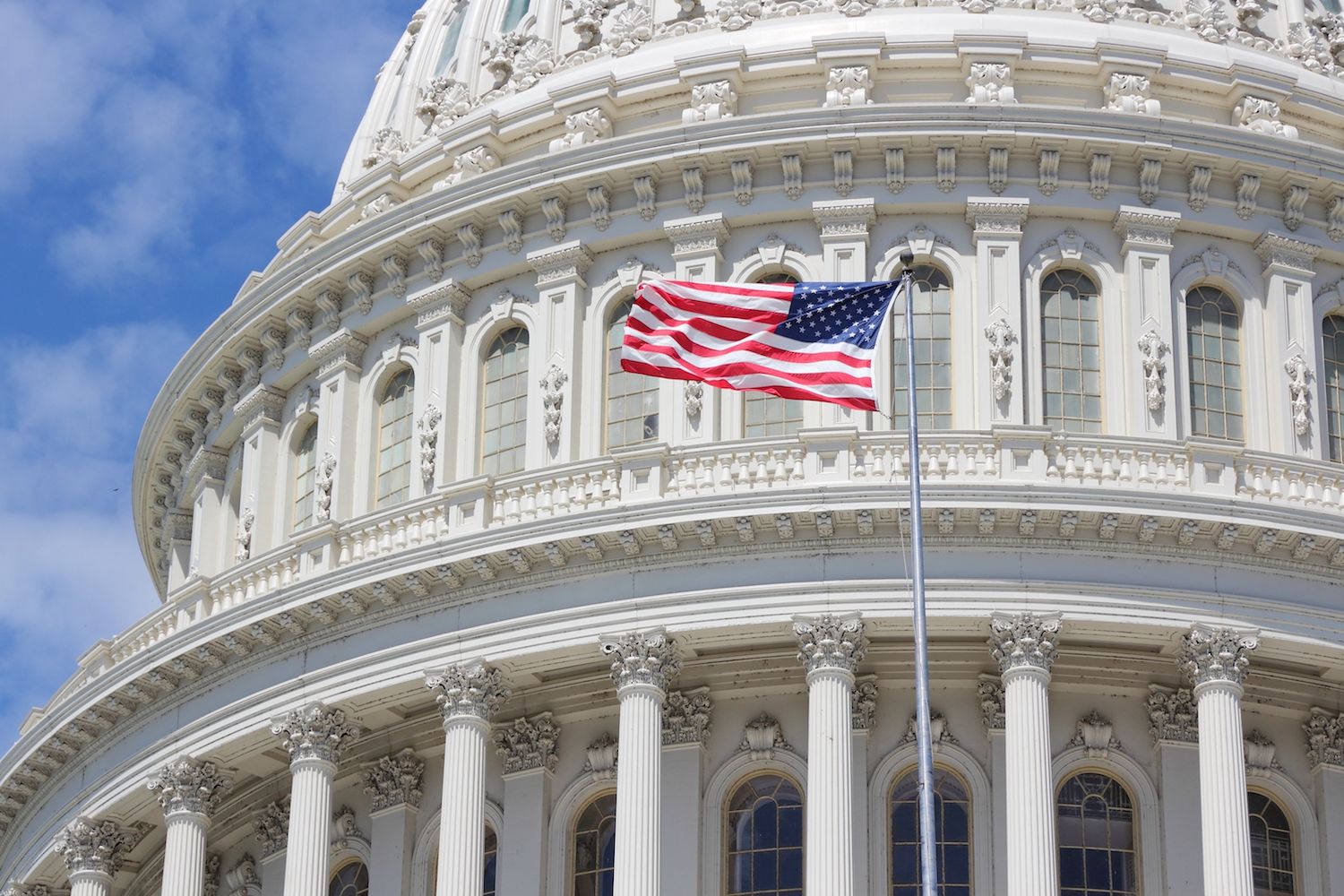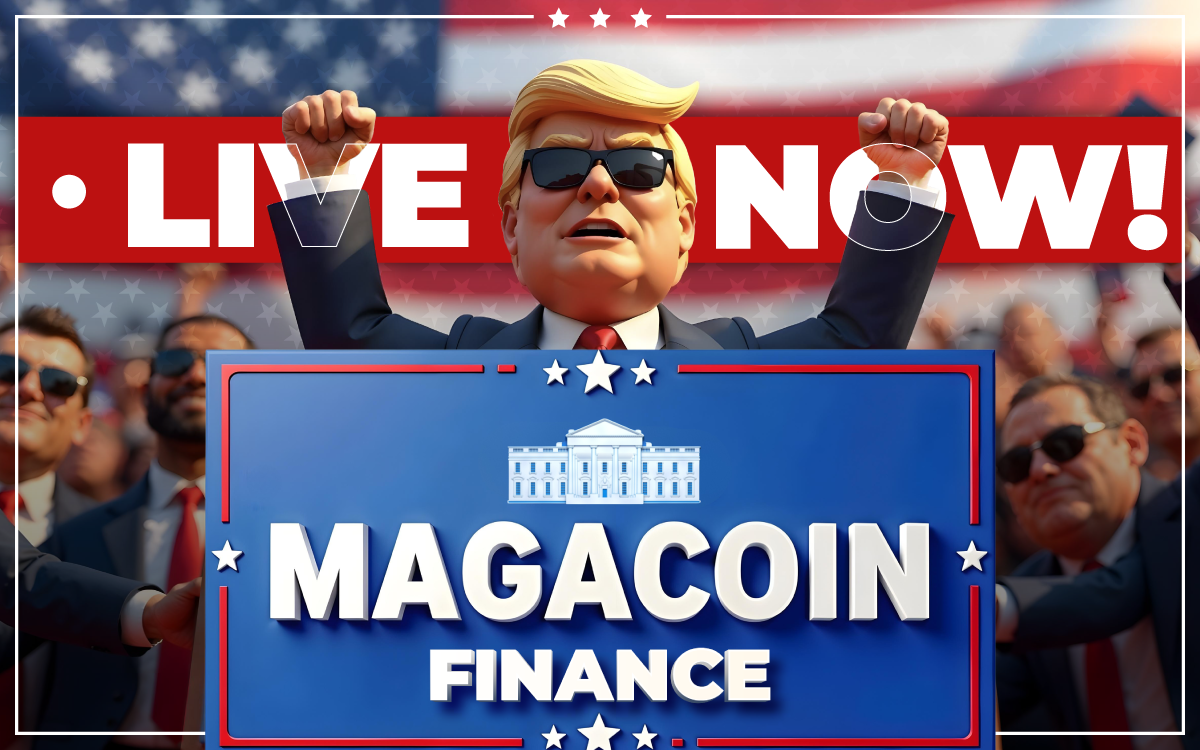
On Jan. 20, 2025, the United States will start a new chapter in more ways than one. While the nation will be focused on President Trump`s inauguration as our 47th President, the U.S. financial sector will be celebrating the resignation of Joe Biden`s Securities and Exchange Commission Chair, Gary Gensler. As a member of the House Financial Services Committee, I am well aware of Gensler`s heavy-handed approach in stifling innovation and shackling the American economy`s engine. His punitive stance was particularly damaging in the burgeoning field of cryptocurrency and blockchain technology. While touting his actions as measures to protect investors, Gensler leveraged contrived ambiguity to undermine the growth and technological advancements that make U.S. markets competitive and drive promising projects offshore, including the development of the next generation of the internet. Under Gensler`s leadership, the SEC`s enforcement-focused agenda frequently did more harm than good, and "regulatory uncertainty" was used to attack American crypto exchanges like Bittrex, Kraken, and Coinbase, with Bittrex explicitly citing the effects of Gensler`s approach when it exited the U.S. market. The question isn`t whether cryptocurrency requires regulation — it unquestionably does. Cryptocurrency, by its very design, challenges traditional financial systems and demands an entirely different regulatory framework — one that balances consumer protection with the need to foster innovation. With the price of bitcoin recently breaking the $100,000 threshold, digital assets have demonstrated their staying power, and investors have already embraced their potential. Last year, I was proud to help the House pass the Financial Innovation and Technology for the 21st Century Act , a bill championed by our incoming Financial Services Chair French Hill. FIT 21 represents a groundbreaking shift in the legislative landscape and would establish a responsible new regulatory framework that clearly defines the role of the SEC and the Commodity Futures Trading Commission. This would offer much-needed clarity to a rapidly evolving market and, unlike the SEC`s enforcement-heavy playbook, FIT 21 both fosters transparency and innovation and protects consumers without stifling creativity. I applaud Rep. Hill for his work on this, and look forward to his ongoing efforts in tandem with President Trump in this arena. President Trump demonstrated a keen understanding of cryptocurrency`s transformative potential during his historic campaign. Polling demonstrates that his embrace of these issues helped him earn broad support from younger and more diverse voters for whom cryptocurrency is a staple of daily life. During his first administration, President Trump`s SEC worked collaboratively with the crypto industry to enforce securities laws without alienating innovators, offering clear guidance through landmark initiatives like the DAO Report and the Framework for Investment Contract Analysis of Digital Assets . These resources provided critical insights to help entrepreneurs navigate compliance while building groundbreaking technologies. Beyond the Biden administration`s hostility to crypto, Chuck Schumer and Democrats in the Senate refused to consider FIT 21 after it passed the House with overwhelming, bipartisan support. Moreover, in New York, the courts thwarted Governor Hochul`s attempt to shutter bitcoin miners by deploying the state`s radical climate law. In anticipation of President Trump`s return and Republican majorities in the House and Senate, the crypto market is booming, with the price of bitcoin increasing by up to 33% since Election Day. Moreover, President Trump`s new cabinet and the Department of Governmental Efficiency could revolutionize the way federal agencies operate and save taxpayers billions by integrating blockchain technology across government. With President Trump`s appointment of Paul Atkins as the next SEC Chair, we can expect a more thoughtful and transparent approach to governance and policies that encourage innovation while safeguarding investors — setting the stage for the cryptocurrency and blockchain sector to thrive and the creation of high-paying new American jobs. We will be able to move beyond the opportunities missed during the Biden administration and build a framework that positions the U.S. as a leader in the global digital economy.
CoinDesk
You can visit the page to read the article.
Source: CoinDesk
Disclaimer: The opinion expressed here is not investment advice – it is provided for informational purposes only. It does not necessarily reflect the opinion of BitMaden. Every investment and all trading involves risk, so you should always perform your own research prior to making decisions. We do not recommend investing money you cannot afford to lose.
Dogwifhat (WIF) Price Surges Amidst Meme Coin Market Rebound, Pullback Risks Loom

WIF’s Impressive Price Performance Dogwifhat (WIF) has recently experienced a significant surge in value. The price of WIF has jumped by 60% over the past week and 21% in the last 24 hours. This impressive performance has contributed to the broader resurgence of the meme coin market. Currently, Dogwifhat (WIF) is priced at $0.6714, with … Continue reading "Dogwifhat (WIF) Price Surges Amidst Meme Coin Market Rebound, Pullback Risks Loom" The post Dogwifhat (WIF) Price Surges Amidst Meme Coin Market Rebound, Pullback Risks Loom appeared first on Cryptoknowmics-Crypto News and Media Platform . CoinDesk

Nasdaq Proposes Clear Categories for Cryptocurrency Regulation
Nasdaq proposes four categories for cryptocurrencies to clarify regulation. The classification aims to differentiate between securities and non-securities. Continue Reading: Nasdaq Proposes Clear Categories for Cryptocurrency Regulation The post Nasdaq Proposes Clear Categories for Cryptocurrency Regulation appeared first on COINTURK NEWS . CoinDesk











